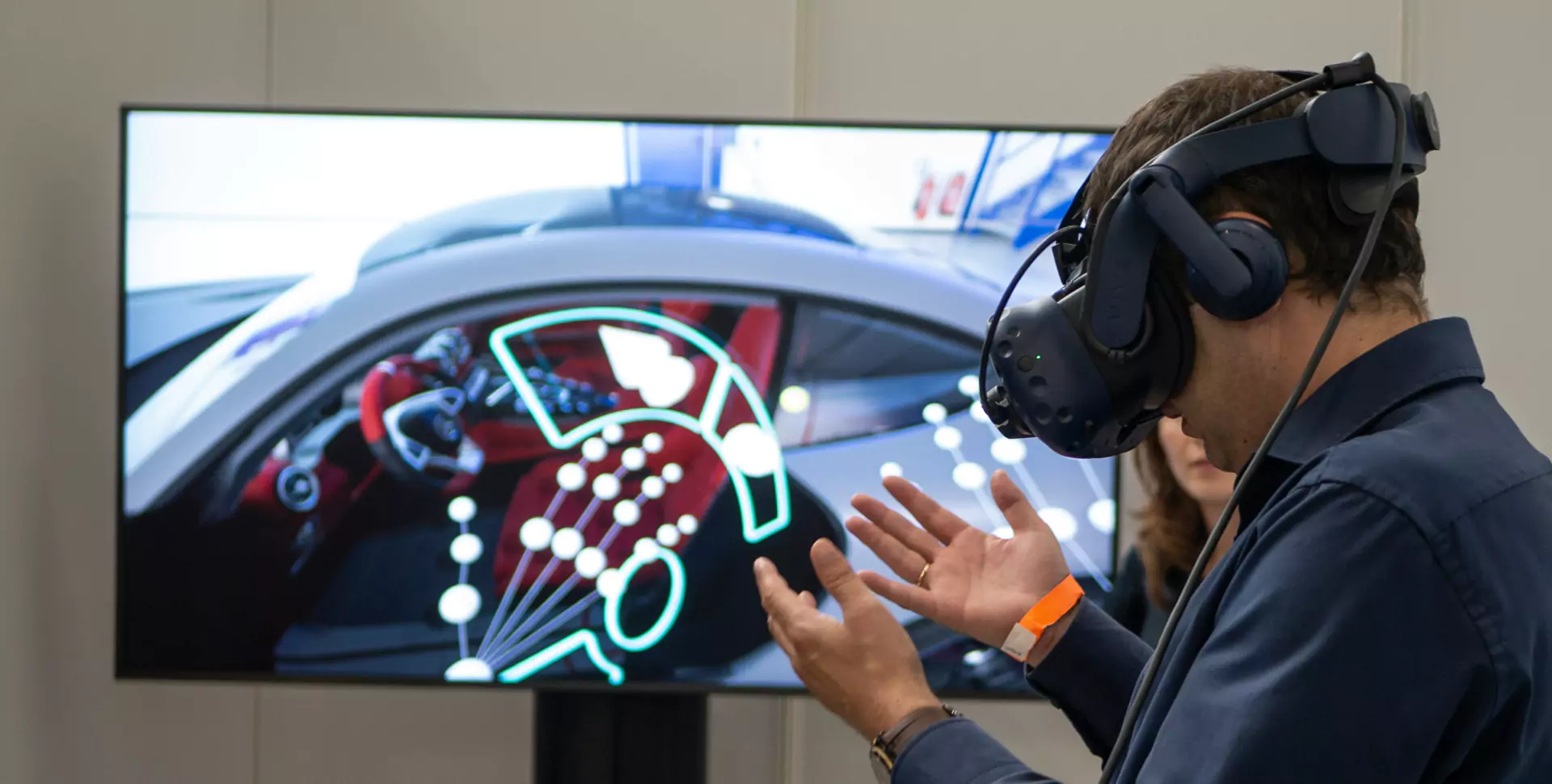What we feel from handling liquids in vessels produces unmistakably fluid tactile sensations. These stimulate essential perceptions in home, laboratory, or industrial contexts. Feeling fluid interactions from virtual fluids would similarly enrich experiences in virtual reality. We introduce Geppetteau, a novel string-driven weight shifting mechanism capable of providing perceivable tactile sensations of handling virtual liquids within a variety of vessel shapes.
These mechanisms widen the range of augmentable shapes beyond the state-of-the-art of existing mechanical systems. In this work, Geppetteau is integrated into conical, spherical, cylindrical, and cuboid shaped vessels. Variations of these shapes are often used for fluid containers in our day-to-day. We studied the effectiveness of Geppetteau in simulating fine and coarse-grained tactile sensations of virtual liquids across three user studies. Participants found Geppetteau successful in providing congruent physical sensations of handling virtual liquids in a variety of physical vessel shapes and virtual liquid volumes and viscosities.

We introduce Geppetteau, a novel haptic device that affords users with a wide range of tactile sensations related to handling virtual liquids in VR. Experimental and commercially available haptic devices have expanded the space of possible interactions in virtual environments as researchers have explored methods beyond common virtual reality (VR) controllers to simulate specific tactile experiences that represent the physical world. There is a need for systems that are readily adaptable to the shapes and sizes of the various fluid vessels one would need for education, training, and other use cases. Geppetteau enables the haptic sensation of virtual fluids in a variety of different vessel containers as Geppetteau’s string-driven apparatus can accommodate a variety of vessel container shapes.

Our virtual-to-physical coupling uses ObiFluid’s Unity integration for virtual fluid dynamics with a 3D printed augmented vessel containing a string-driven actuation system.

We conducted three user studies to study Geppetteau. For the first study, we wanted to understand how the weight shifting or lack thereof impacted the user’s experience. We compared an active weight Geppetteau system to a baseline of no haptic feedback which was a Vive controller, and a Geppetteau system with an unmoving static weight. The virtual fluid was visible in each condition.

In the second user study, we sought to understand how well our active weight Geppetteau system could replicate haptic sensations of virtual fluids across different vessel profiles and how visual dominance influenced the tactile sensations perceived by the user.


For our third user study, We hypothesized that the Geppetteau system could produce haptic sensations of various fluid behaviors thus enhancing practical and imagined applications of handling virtual fluids. We developed an immersive space adventure to demonstrate the different liquid interactions provided by our Geppetteau system.

We found that the Vive controller and static weight physical proxy were insufficient in providing the tactile experience of handling virtual fluids in vessels. To this end, this demonstrates a need for providing congruent haptic sensations to the moving virtual fluids. An actively shifting weight inside the vessel is a way to achieve this goal.
We found from study 2 that our device was able to provide the haptic sensation of feeling virtual liquids inside a vessel even when users couldn’t see the virtual fluids. When users saw the virtual fluid in correspondence with the tactile sensations, the haptic illusion was strengthened. We believe that these visual haptic illusions can be applied to also perception of weight and size.
In our immersive space adventure, users who were able to feel the chemical reactions responded positively to the experience demonstrating Geppetteau’s ability to be integrated into real-world applications such as virtual chemistry, workforce training and education.
